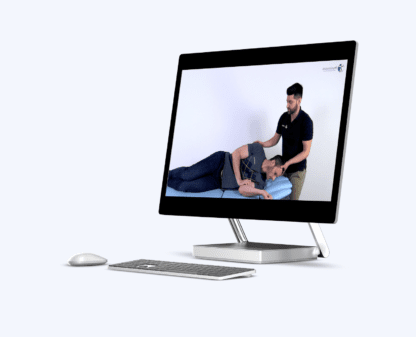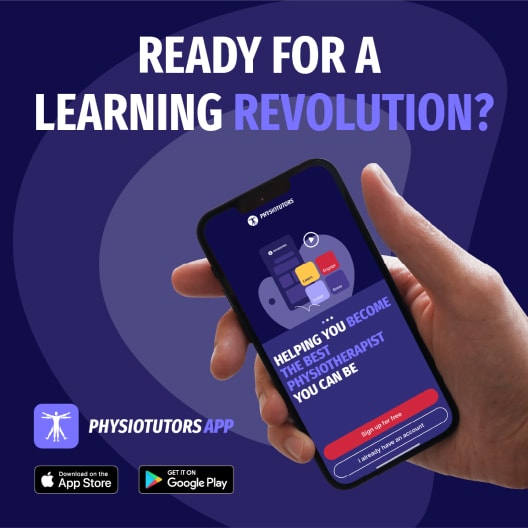Upper Cervical Manipulations for Cervicogenic Dizziness

Introduction
Cervicogenic dizziness is a type of dizziness defined as “the sensation of movement of the body in space derived from dysfunction of the neck.” Clinical characteristics are often a drunken sensation, altered cervical proprioception, restricted cervical ROM, neck pain, and an inability to perform daily activities due to dizziness. Several authors suggest that this sensation can be treated by targeting the dysfunctions of the cervical spine. Manual therapy has been suggested to decrease frequency and intensity. This paper investigates whether a traction manipulation protocol in the resting position of the cervical spine results in reduced patients’ self-perceived disability as measured with the Dizziness Handicap Inventory (DHI).
Methods
This single-blinded trial randomized eligible patients into two groups: the intervention group and the control group.
Inclusion criteria were the following: dizziness associated with neck stiffness or pain (> 3 points on the visual analog scale); age > 18 years; and presenting an indication (hypomobility in Occipital-Atlas (OA), Atlas-Axis (AA)), and Axis-C3 (AC3)) for traction-manipulation treatment.
Exclusion criteria were: dizziness due to other conditions, having received cervical treatment in the past three months, presenting a red flag, or being involved in a compensation process for the cervical spine.
A priori sample size calculations were performed, requiring 20 patients per group. The primary outcome measure was the dizziness handicap inventory. Secondary outcome measures were dizziness intensity (VAS) and cervical mobility (CROM inclinometer).
The intervention consisted of three treatment sessions with each a duration of 11 minutes. After a vascular disease screening and a relaxing massage, the high-speed, low-amplitude technique using the least force to mobilize the segment was applied. Treated segments were OA, AA and AC3.
The control group was asked to lay supine on the examination table for the same duration of the intervention group.

Results
Thirty-two males and eight females were included with a mean age of 54 ± 14.09 years. Subjects in the intervention group reported lower DHI scores at T1 (48 hours) and T2 (one month) with an effect size of 0.76 and 0.92, respectively.
Talk nerdy to me
This is a pretty interesting small study. A simple intervention was delivered to see if it performs better than a control group.
One of the most important questions when reading an article should be: How can I explain these results differently? You would say that manipulations are effective in reducing reported dizziness handicaps in this trial. This could be the case, however, the participant received a so-called ‘functional’ massage before the manipulation. It could very well be that this caused the decline. A comparison could clear that up. Comparison against cervical mobilizations could be interesting as well since not all clinicians are trained in high-velocity low amplitude manipulations, and this will mitigate the risk involved.
Another explanation could be the contextual effects (cavitation, attention, the feeling of being treated, etc.). However, due to the large effect sizes and short treatment sessions, contextual effects are less likely to be responsible for the full effect. One thing we should keep in mind though is that small sample sizes might report larger effect sizes due to data noise. A larger trial could inform us somewhat better about the true effect size of this intervention.
How they handled the control group was a bit peculiar. Instead of providing a placebo or just wait-and-see, they asked the participants to lie down on the table and do absolutely nothing.
Natural history or regression to the mean are common explanations for effects after an intervention. However, the control group remained stable during the trials, suggesting an actual effect of the intervention.
The study investigated other outcome measures that we will not discuss in this review since the study is not adequately powered for this — making them of exploratory nature.
It will be interesting to see future developments on this topic.
Reference
LEARN TO TREAT THE MOST COMMON CAUSE OF VERTIGO IN THIS FREE MINI-VIDEO-SERIES
Leading Vestibular Rehabilitation Expert Firat Kesgin takes you on a 3-Day Video Course on how to recognize, assess and treat posterior canal Benign-Paroxysmal Positional Vertigo (BPPV)



